Lenovo Legion Go S: Unveiled Performance Review
Handheld gaming PCs, such as the Lenovo Legion Go S, have gained significant popularity in recent years, largely due to the influence of Valve's Steam Deck. This trend has spurred mainstream PC manufacturers to develop their own versions of these devices. The Lenovo Legion Go S, in particular, aligns more closely with the Steam Deck in design and functionality, distinguishing itself from Lenovo's original Legion Go.
The Legion Go S boasts a unibody design, moving away from the detachable controllers and numerous specialized buttons found on its predecessor. A notable upcoming feature is the availability of a version running SteamOS, the operating system that powers the Steam Deck. This will be the first handheld gaming PC, aside from Valve's, to offer SteamOS out of the box. However, the model reviewed here runs Windows 11, and at a price of $729, it faces stiff competition in the Windows 11 handheld market.
Lenovo Legion Go S – Photos
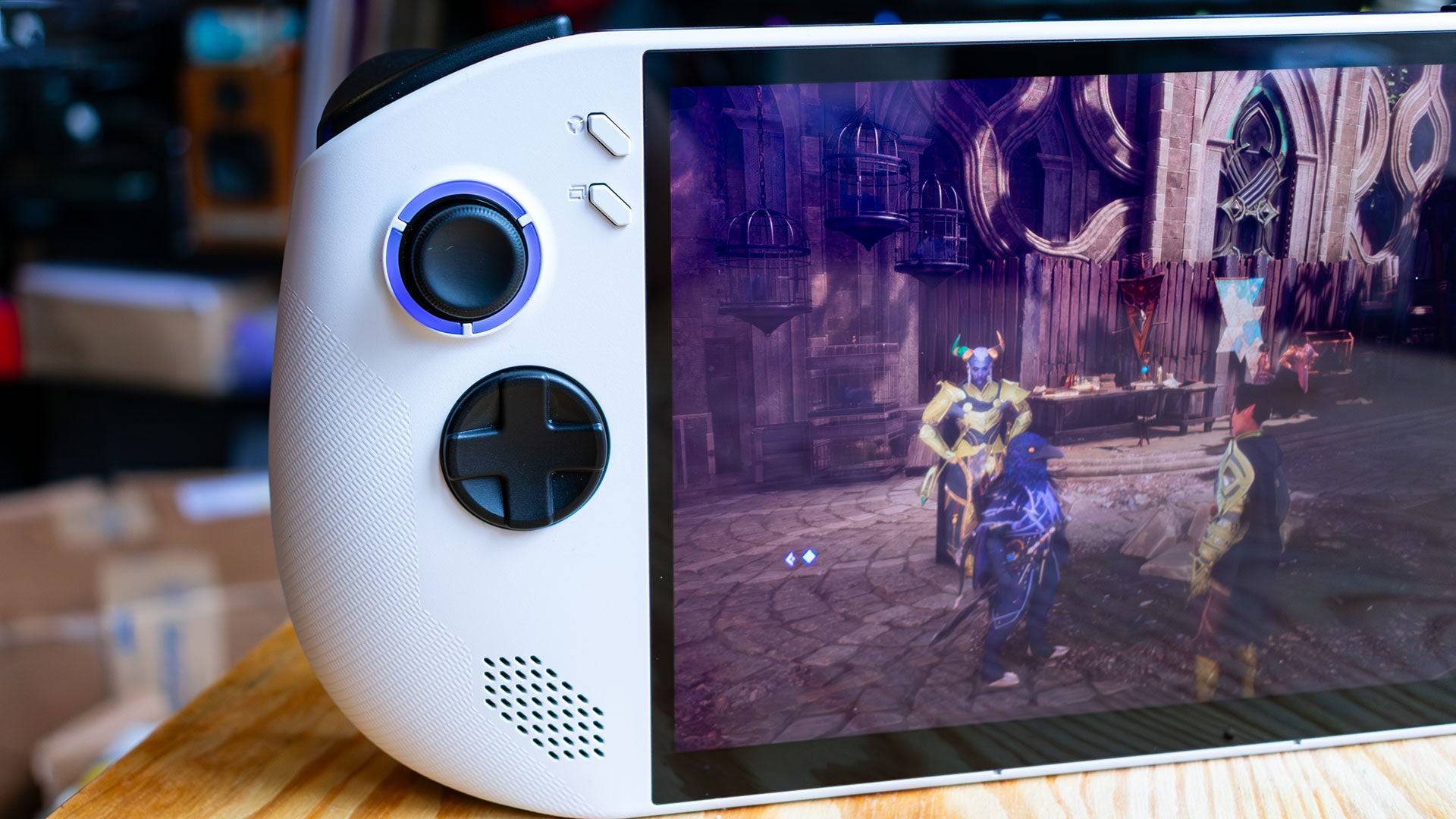
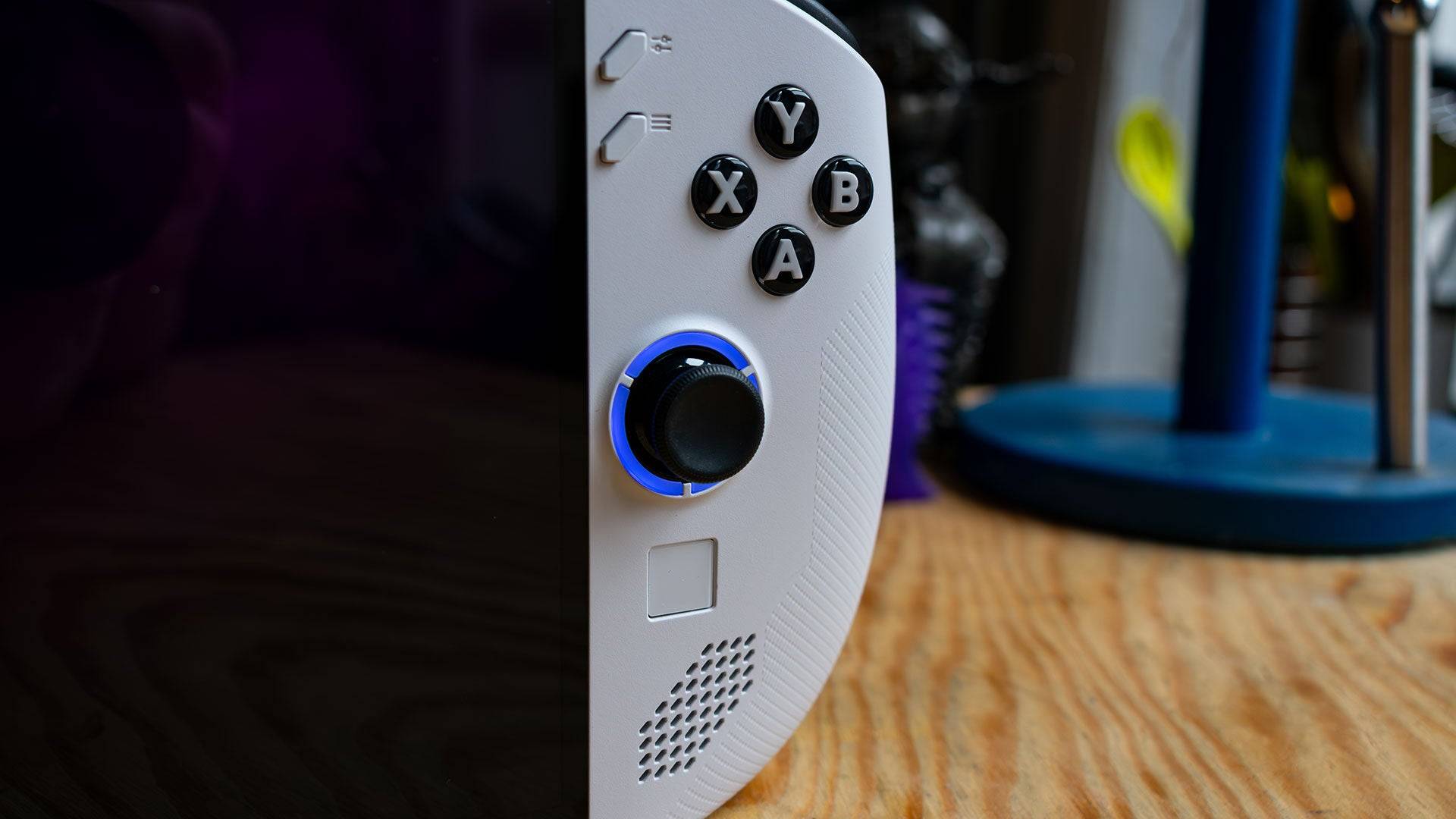 7 Images
7 Images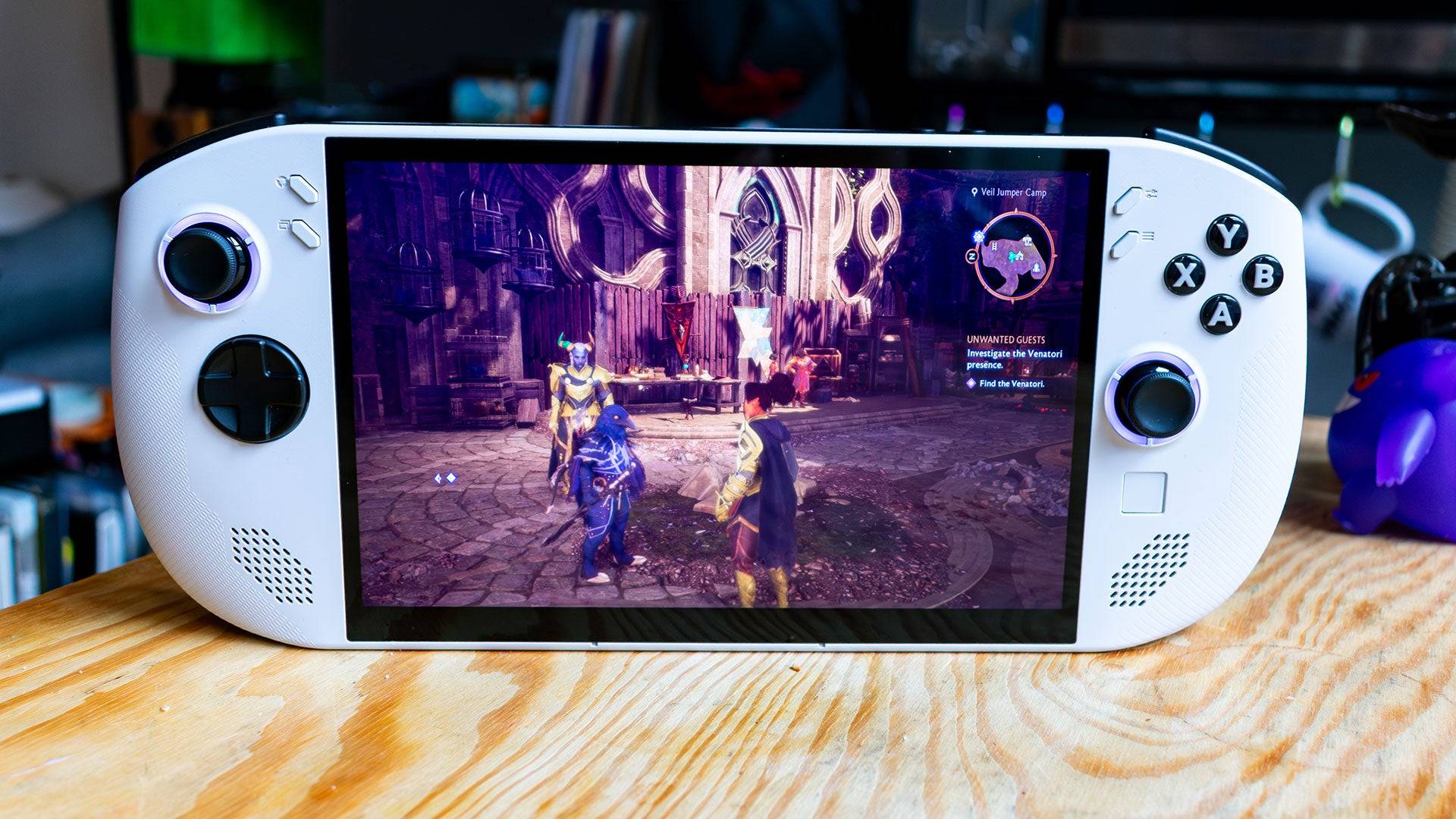
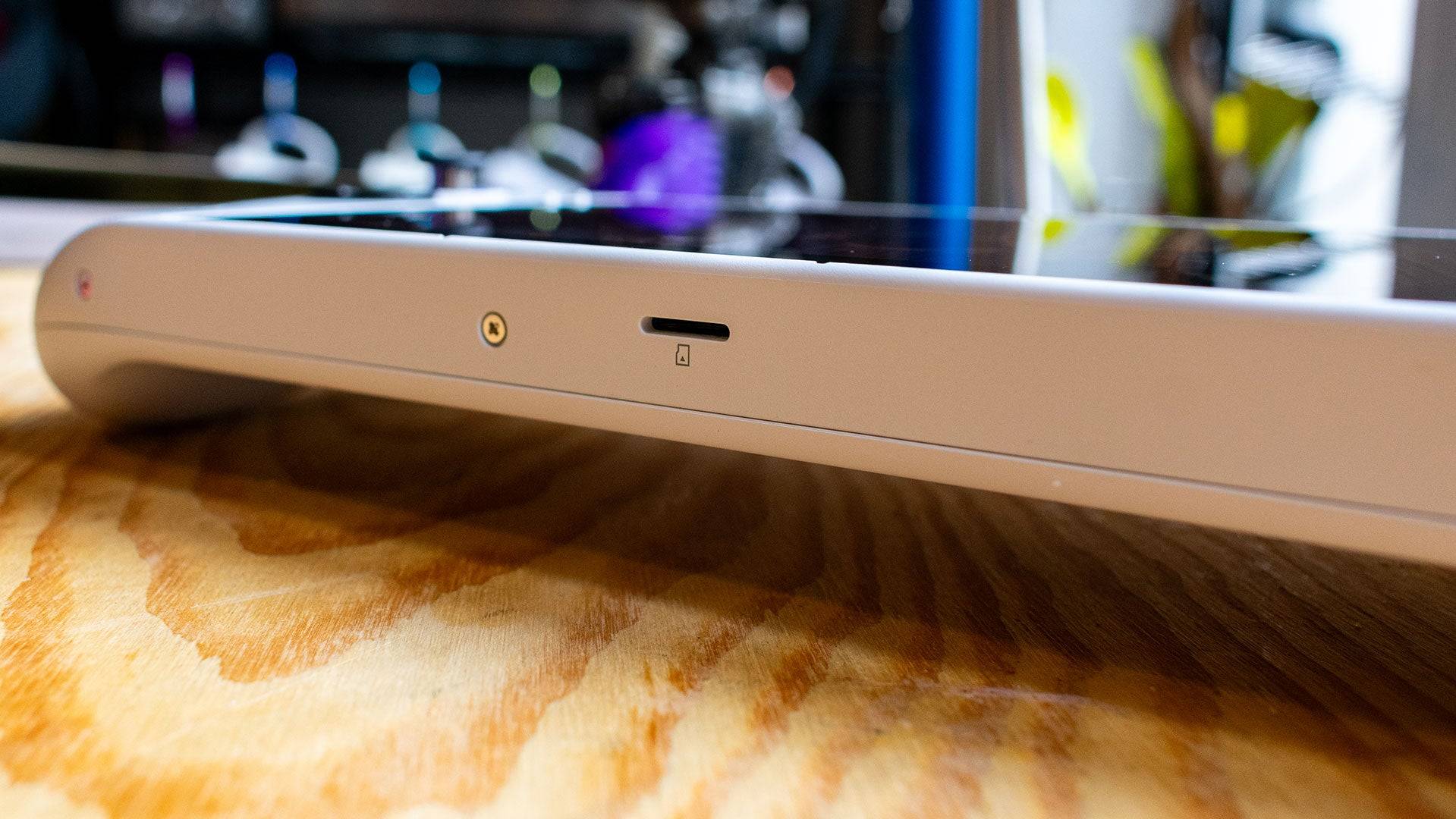

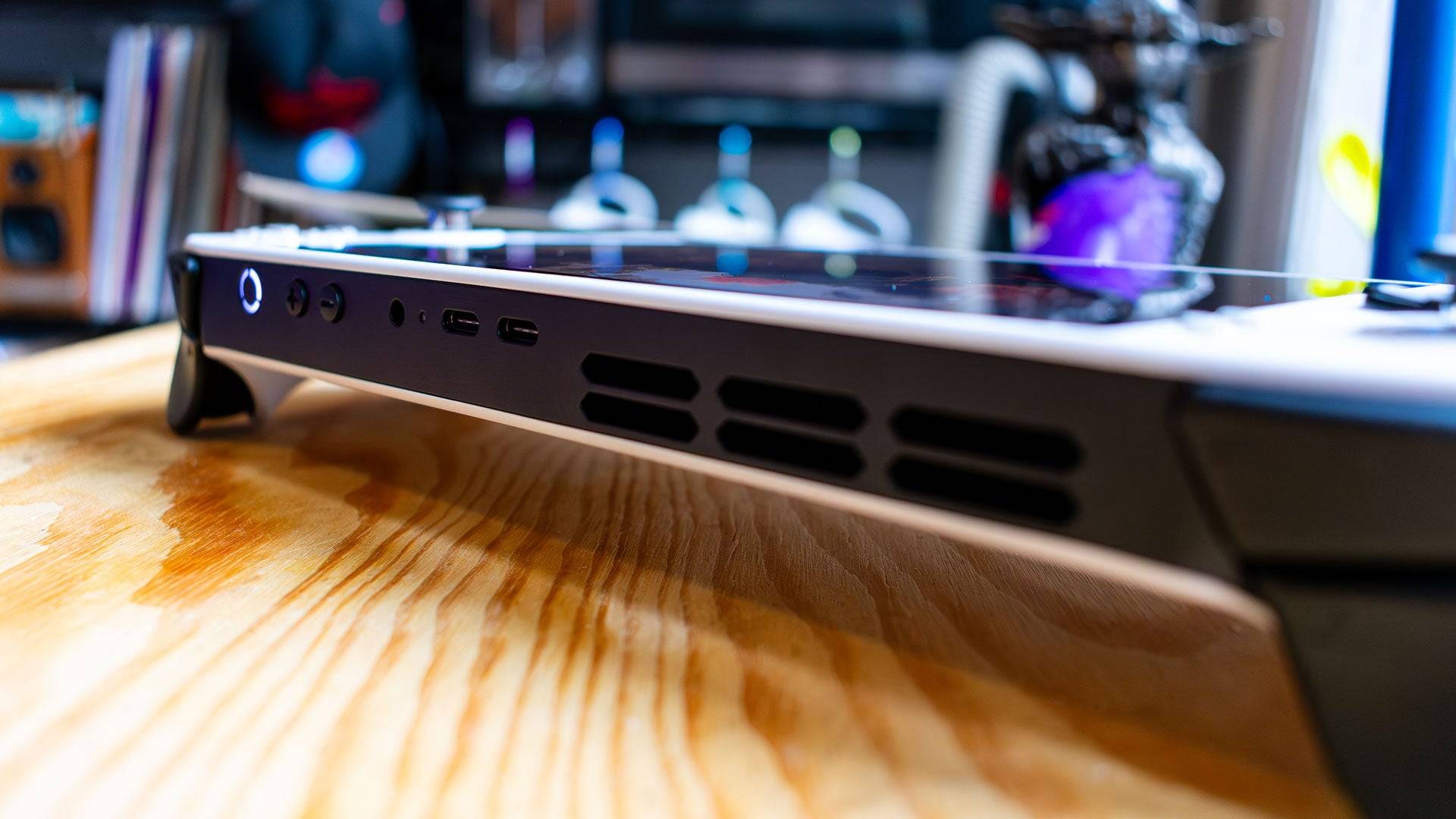 Lenovo Legion Go S – Design
Lenovo Legion Go S – Design
The Lenovo Legion Go S resembles the Asus ROG Ally more than its original Legion Go counterpart, featuring a singular, unibody design. This streamlined approach enhances user-friendliness, although the device's rounded edges and substantial weight of 1.61 pounds make it comfortable yet noticeably heavier than some competitors like the Asus ROG Ally X.
The Legion Go S compensates for its weight with an impressive 8-inch, 1200p IPS display, boasting 500 nits of brightness. This display delivers stunning visuals, making games like Dragon Age: The Veilguard and Horizon Forbidden West look exceptional. It's one of the best displays in its class, surpassed only by the Steam Deck OLED.
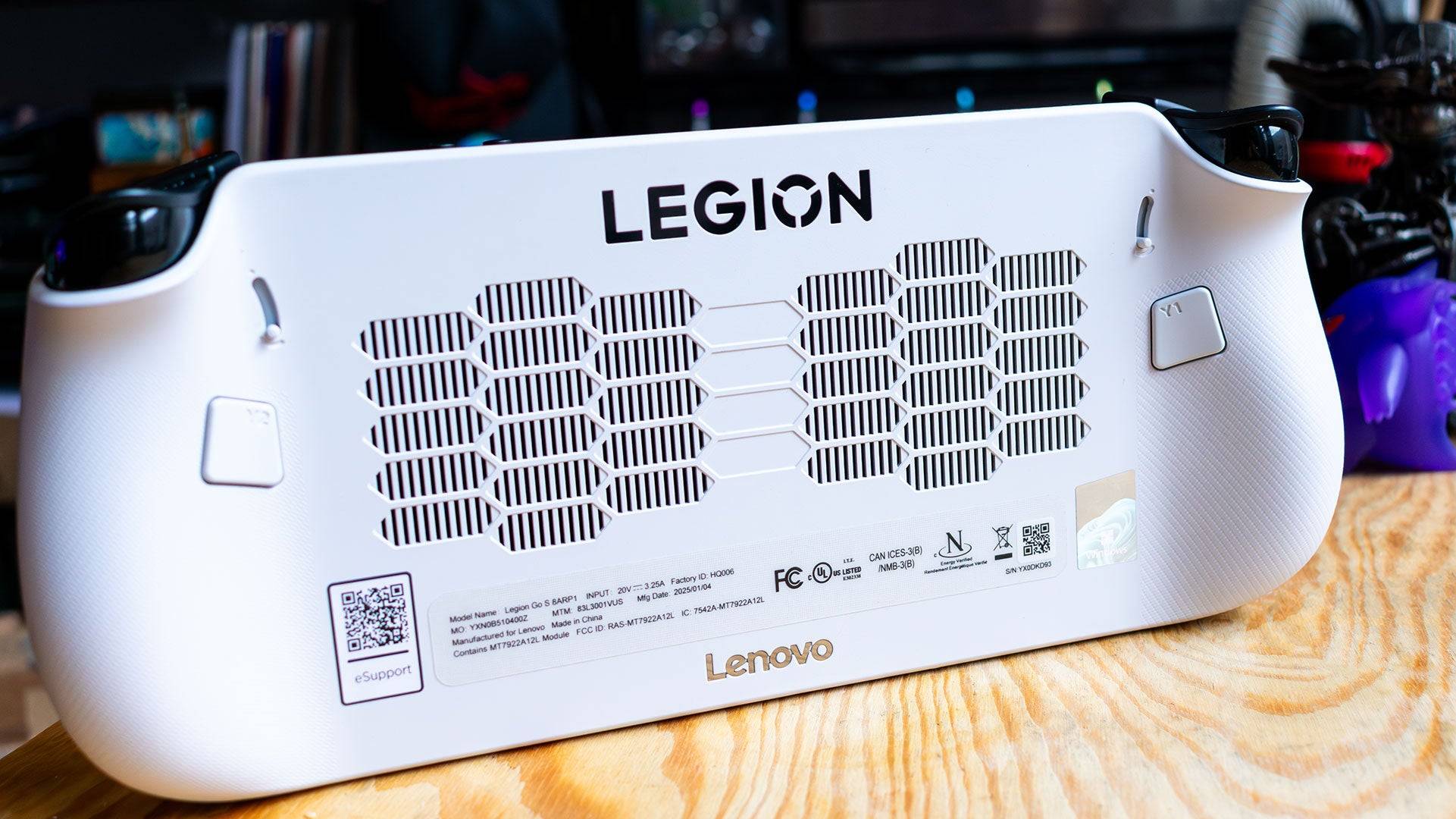
Available in Glacier White and Nebula Nocturne (reserved for the SteamOS version), the Legion Go S features customizable RGB lighting around each joystick. The button layout is more intuitive than the original, with standard placement of 'Start' and 'Select' buttons, though the addition of Lenovo's menu buttons above them may take some getting used to. These menu buttons provide quick access to settings and shortcuts, enhancing usability.
A smaller touchpad compared to the original Legion Go is included, which can simulate mouse input but makes navigating Windows more challenging. The LegionSpace software, accessible via a dedicated button, manages system settings and game libraries effectively. The back of the device includes programmable 'paddle' buttons and trigger travel adjustment levers, though the latter lacks granular control.
The top of the Legion Go S features two USB 4 ports for charging and peripherals, while the bottom has a centrally placed MicroSD card slot, which may be inconvenient when using a dock.
Purchasing Guide
The reviewed Lenovo Legion Go S is available from February 14, priced at $729.99, with a Z2 Go APU, 32GB of LPDDR5 RAM, and a 1TB SSD. A more affordable version with 16GB of RAM and a 512GB SSD will be released in May for $599.99.
Lenovo Legion Go S – Performance
Equipped with the new AMD Z2 Go APU, the Legion Go S utilizes a Zen 3 processor with 4 cores and 8 threads, alongside a RDNA 2 GPU with 12 graphics cores. While these are somewhat outdated technologies for a 2025 release, the device still offers decent performance for its price range. However, it lags behind competitors like the original Legion Go and the Asus ROG Ally X in benchmark tests.
The Legion Go S features a slightly larger 55Whr battery, but its battery life is shorter than its predecessor, likely due to the less efficient Zen 3 architecture. In gaming performance, the Legion Go S performs adequately, particularly when settings are adjusted to medium at 800p resolution, delivering a smooth 30-40 fps in most AAA titles.

In specific games, the Legion Go S shows mixed results. It outperforms the original Legion Go in Hitman: World of Assassination, achieving 41 fps compared to 39 fps. However, it struggles with more demanding titles like Horizon Forbidden West, even at lower settings. For less demanding games like Persona 5, the device excels, showcasing vibrant visuals and maintaining high frame rates.
Wait, It’s More Expensive?
Despite its weaker APU and lower resolution display, the Lenovo Legion Go S is priced at $729, which is higher than the original Legion Go's starting price of $699. This pricing seems counterintuitive until considering the higher memory and storage specifications. The reviewed model comes with 32GB of LPDDR5 memory and a 1TB SSD, which, while beneficial, may be overkill for the device's intended use case.
Adjusting settings in the BIOS can enhance performance, such as increasing the frame buffer to 8GB, but this process is cumbersome on a handheld device. The upcoming $599 model with 16GB of RAM and a 512GB SSD offers a better value proposition, making the Legion Go S a more compelling option at this price point.
Latest Articles




![Taffy Tales [v1.07.3a]](https://imgs.anofc.com/uploads/32/1719554710667e529623764.jpg)


























